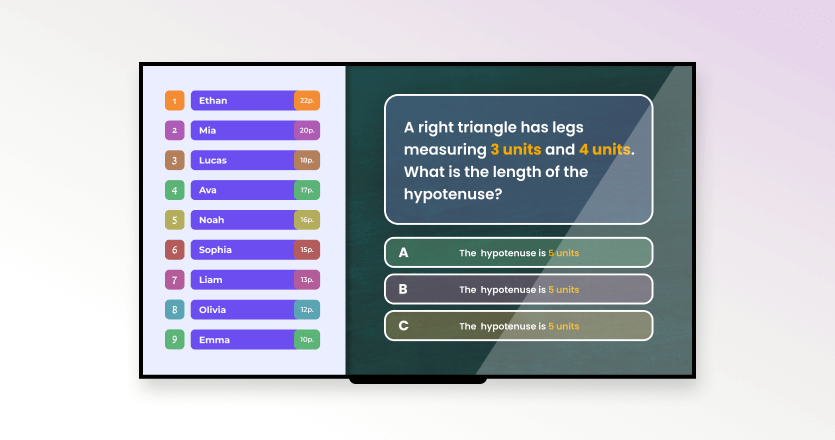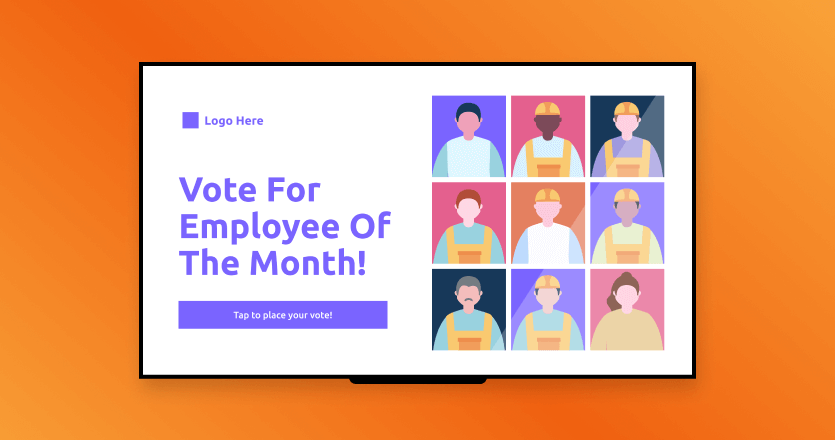In a world where your audience’s thumb is always just a swipe away from your competitor, how do you make them stop and stay?
Scrolling through feeds that are constantly bombarded with information, the need to stand out is critical. Appealing and engaging content and today’s out-of-the-box marketing—resolve this issue. The creation of engaging experiences that foster participation increases the brand’s connection with the audience.
In this blog post, we will discuss interactive content, its advantages, and the issues that need to be addressed to efficiently apply it to your content strategy.
What is interactive content?
Interactive content differs from regular content in that it does not involve passive viewing and requires active engagement from the user. Rather than simply taking in information, users are encouraged to actively participate. This interactive content includes quizzes, polls, interactive videos, infographics, and web-based calculators. This type of content captures attention and encourages more interaction, resulting in increased metrics such as engagement and time spent on a brand’s platform.
Three major benefits of interactive content
- Improves engagement and retention: Interactive content is proven to generate twice as much engagement as static content. It is more effective than static content because it can grab people’s attention, which is very important in marketing. As Focus quotes, 81% of marketers believe that interactive content is more effective at grabbing attention than static content. The need for this enhanced audience engagement is imperative in a digital environment where attention spans are shrinking.
- Enhances data collection and personalization: Interactive content assists marketers in understanding the target audience and their interests. These and similar actions will help gather important information about users’ usage of the app through ratings, reviews, quizzes, or other actions that aim to alter the content and marketing of a targeted audience in the future. For instance, 88% of marketers consider interactive content the most effective way to differentiate their brand, as surveyed by Ion Interactive.
- Increases conversions: Interactive content helps orient users on the buyer’s journey by providing tailored information or recommendations. Kapost shared that interactive content leads to a 2x times higher conversion rate compared to traditional content formats. This is because interactive elements being added, make the content experience more relevant and personalized to the user’s needs.

Types of interactive content
There are different types of interactive content that can be incorporated into a marketing mix. Here are some of the most effective formats:
Quizzes and assessments: These are very catchy and can also be used as a tool to inform the audience about a product or service. This content also gathers helpful information regarding the users’ preferences and pain points.
Interactive videos: These videos create a more engaging experience as the user can choose or click on elements within the video. Such videos are handy in the context of product presentations, tutorials, or storytelling.
Polls and surveys: Polls appear simple but are very effective in capturing audience feedback, satisfaction measures, or even customer engagement. They can also be easily added to social media platforms or websites.
Calculators and configurators: These tools, like pricing calculators or product configurators, give the user a specific readout validated by facts and figures. They are very effective during the consideration stage of the buyer’s journey.
Interactive infographics: They allow users to explore data or information differently, making complex information less boring and easier to understand.
Strategies for implementing engaging content
Having spoken about the types and benefits of interactive content, let’s see some of the ways that these can be put into practice:
Make sure that you address your audience: Understanding your audience’s preferences is essential. It is very important to use data to create content that suits their interests. For example, a quiz or poll related to a trending topic can drive significant engagement.
Keep it simple and accessible: Although interactivity is useful, it does not need to be complicated. Make sure that the content is comprehensive, user-friendly, and straightforward. Avoid lengthy forms or overly complex tools that may prevent users from interacting.
Utilize different forms of interactive content throughout the buyer’s journey: At different stages of the buying process, use different types of interactive content: quizzes or infographics for awareness and calculators or product configurators at the stage where decision-making is required.

Test and analyze the performance: Check the impact of the interactive content through various parameters such as engagement rates, time on page, bounce rates, and conversions. Platforms like Yodeck, which offers features to create and manage interactive digital signage, can be valuable tools in measuring content effectiveness and understanding user behavior.
Measuring the success
Here are several key metrics you should focus measure your interactive content success:
Engagement metrics: Count likes, shares, and comments, as well as the time users spend on the page, to show the level of UGC engagement with the audience.
Conversion rates: Check how many users are moving down the funnel after interacting with the content. The higher the conversion rates, the more convincing and suitable the content is for the audience.
Feedback and data collection: Collect data from quizzes, polls, and surveys and study it to better understand the audience’s needs. This will help develop content more efficiently in the future.
Return on investment (ROI): Calculate the ROI by comparing the cost of creating and promoting interactive content with the revenue generated or leads acquired. The use of platforms like Yodeck to display interactive content boosts engagement and visibility, providing a clear pathway to measuring ROI.
Conclusion
Interactive content should not be faced as just another trend; it is an effective means of attracting and holding audiences’ attention in this competitive digital world. By offering valuable and engaging experiences, you can differentiate your brand, collect insightful data, and drive meaningful conversions.
Leverage the ability provided by Yodeck to incorporate interactive content into your strategy and establish your brand as an industry leader. Make interactive elements a part of your content marketing strategy now, and enjoy higher audience engagement and retention rates.
